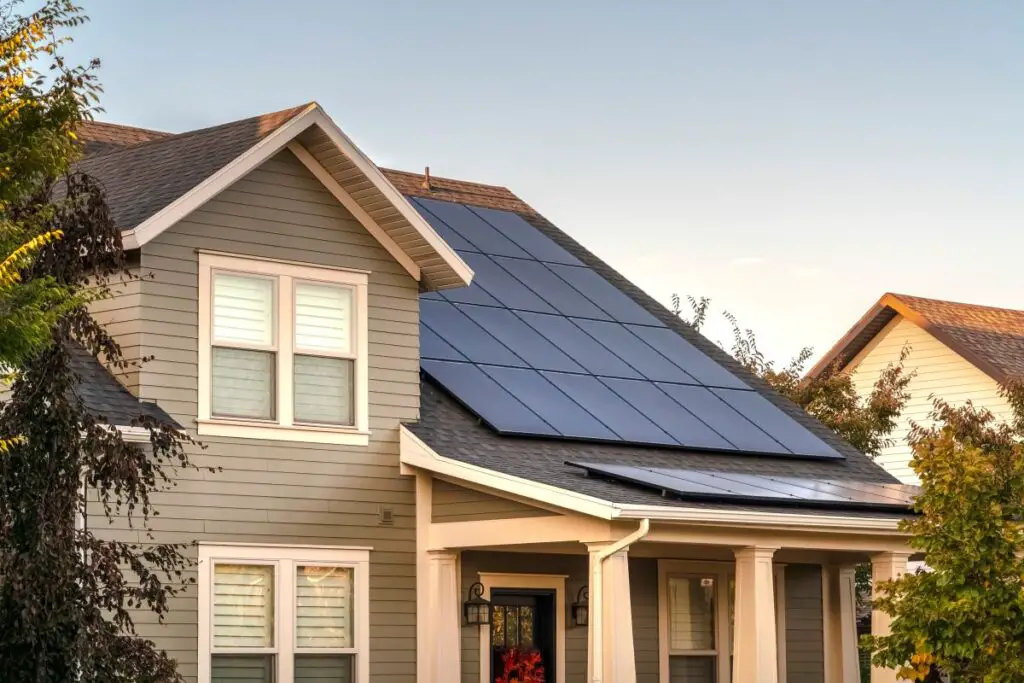Making the switch to solar energy offers a lot of advantages. But before you cut the cord with your energy provider, there are several things to consider. The most important issue to address: Can your house run on solar power alone?
It is definitely possible to power a house completely with solar energy. The installation will depend on several factors, including the solar panel system size, how much energy the home needs, and how much sunshine is available in the location.
In this post, let’s examine whether a home can be powered entirely by solar power and the vital factors to consider before installing one.
Quick Navigation
- Essential Factors To Consider Before Installing Solar Panels
- Can Solar Power Meet the Energy Needs of An Entire House?
- Can You Run Your House On Solar Power Alone?
- Types of Configurations to Help You Run Your House on Solar Power Alone
- Benefits and Drawbacks of Running a House on Solar Power Alone
- Conclusion
Essential Factors To Consider Before Installing Solar Panels
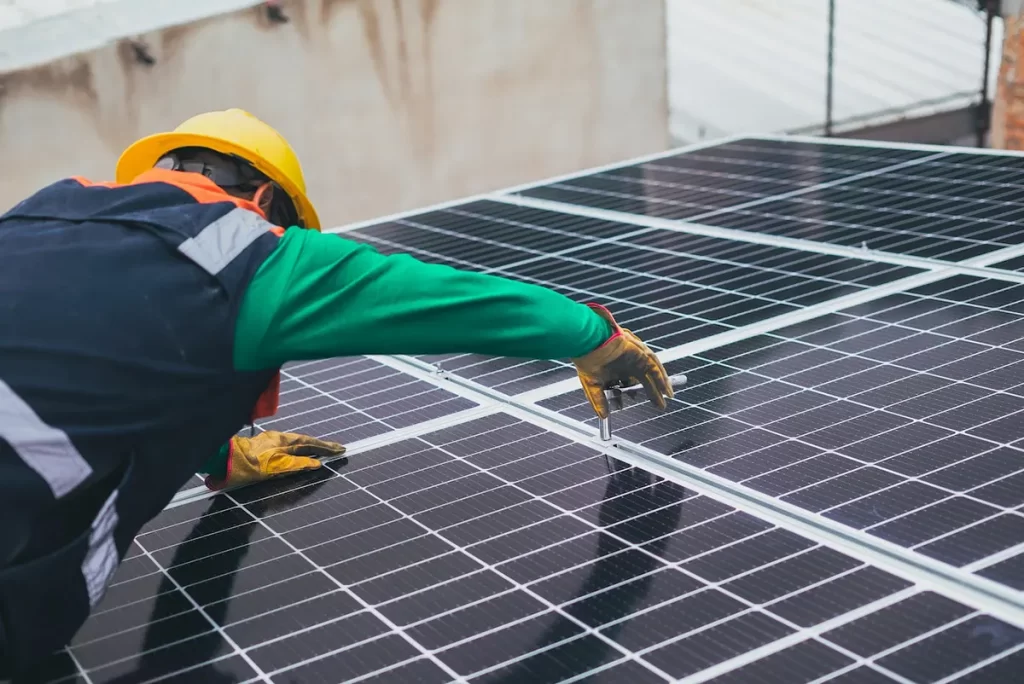
These factors can help you determine how probable it is that you can fully power your house using solar energy.
System Size and System Design
The proper system size is the first and most crucial need for solar energy to power your home. If you have fewer solar panels than necessary, your home won’t have adequate electricity.
Consequently, if you have more panels than necessary, you’ll needlessly incur more energy costs.
A system design determines how many solar panels you’ll need by factoring in your historical energy use.
For a ballpark calculation of how many solar panels you could need, a solar calculator can help you estimate the possible savings your system may produce.
Once you’ve decided to proceed with the estimated system size, you may consult a reputable solar professional to get a more thorough, exact system design.
Cost
Naturally, the cost of any solar energy may make or break it. The cost of early solar technologies remained primarily stable until falling by around 80% in the 1970s.
Solar panels cost an average of $16,000, and may go as high as $35,000. Additional expenditures may include finance and permits.
However, savings may be substantial. The amount of money a homeowner may save by lowering their dependency on the grid varies, primarily due to the significant range in energy prices.
Cost and savings estimates for installing and operating a solar power system may be possible using additional tools.
Below is a table that shows the average cost of installing a solar panel system and the estimated payback period.
| Average Solar Panel Installation Cost | Estimated Payback Period |
| $10,000 – $15,000 | 8 – 10 years |
| $15,000 – $20,000 | 6 – 8 years |
| $20,000 – $25,000 | 5 – 7 years |
| $25,000 – $30,000 | 4 – 6 years |
The lengthier payback duration for the lower cost ranges is because other factors than the initial cost of installing a solar panel system also impact payback time.
Solar panel systems with lower upfront costs often produce less power than those with higher upfront costs, which might extend the payback time.
Your Location
Location matters. A home in Scandinavia, where the days are infamously short, will fare better than one close to the equator. It also depends on how many bright days there are on average.
Looking at local climatic data when estimating how much electricity you can create with your solar system and how much you will require is helpful.
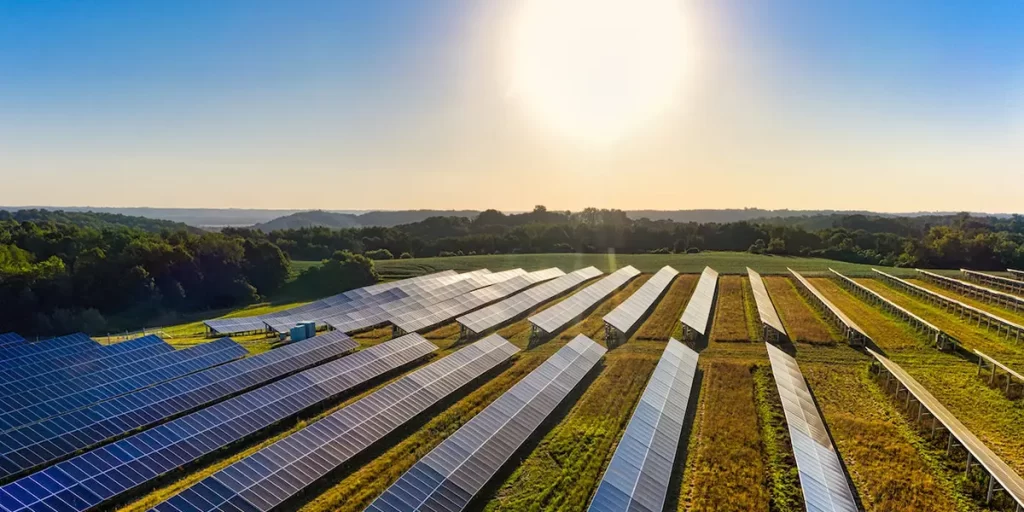
Based on historical trends, it will demonstrate how much sunshine you may anticipate in any particular month.
For general recommendations, a system should produce 1 kilowatt for every 1,000 square feet (93 square meters) of a home. But be careful: you should figuratively be ready for the proverbial rainy day.
Can Solar Power Meet the Energy Needs of An Entire House?
Your solar installer must first ascertain how much power your whole house regularly consumes to provide 100% of its energy requirements. Whether you live in a tiny house or a big one, you need to be familiar with the energy it needs before you can make the big switch.
The most typical method is to examine your previous home’s energy consumption, detailed on your electric bill.
It will, however, do more than just read the most current bill. When constructing a system to satisfy all of your energy demands, a solar installation will need to consider several factors.
You’ll probably consume different amounts of power from month to month and season to season.
Now, how long can a home be powered only by solar energy? If clear sunshine falls on an adequately built solar power system, your home can constantly operate on solar power.
However, your system could produce less electricity if the sky is cloudy. The installed solar panels may need to be more if your demand rises.
Can You Run Your House On Solar Power Alone?
Is it really possible to power your complete home with a solar system? You’ll need to consider a few questions when determining whether to switch to solar power.
What is the monthly energy consumption rate for your home?
It’s vital to remember that this figure might change based on your property size and your family’s electricity usage level. Your monthly power bill may also include information on your house’s energy usage rate.
How much sunlight does your home get?
Calculate how many hours of peak sunshine your home may anticipate getting after calculating your household’s monthly energy use.
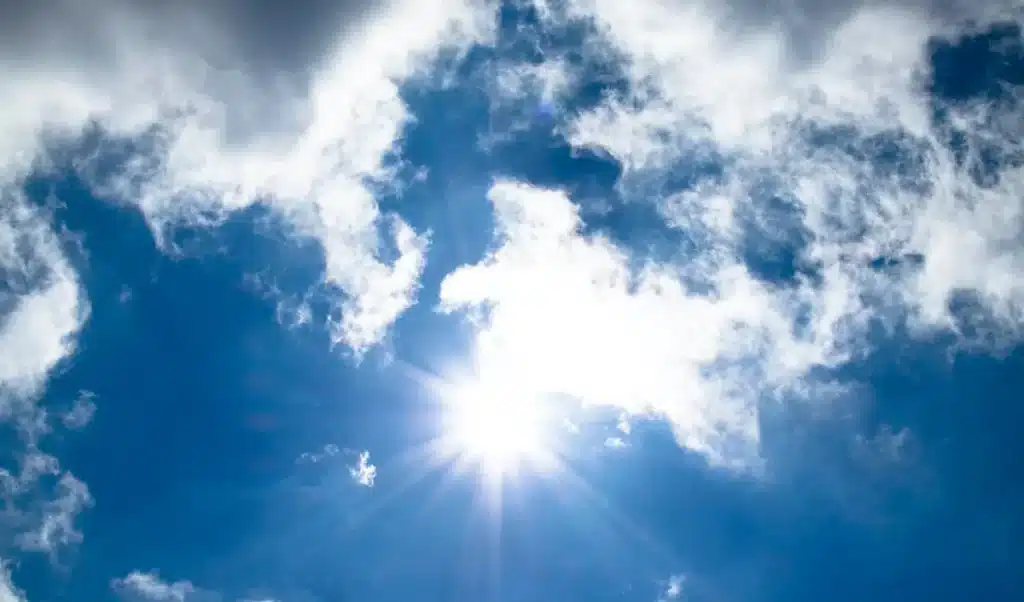
While it is true that this number changes daily, you may still establish an approximate notion of the amount of electricity needed and utilize the calculation before approaching a reputable solar installation business.
What kind of solar panels do you require?
Solar panels are available in various forms, sizes, construction types, and power outputs. You will want to have a thorough conversation with a specialist to choose the ideal solar panels for your whole house.
You can power a whole home entirely with solar energy with a modern home solar system with power storage.
Types of Configurations to Help You Run Your House on Solar Power Alone
Let’s discuss the various system configurations and how well they enable you to power your home solely with solar energy.
Net Metering or Solar Only
The most straightforward setup consists of solar panels that are net-metered and linked to the electricity grid.
It is possible to use solar electricity during the day, send the part back to the grid, and then draw power from the grid connection as required when the panels aren’t producing any.
Although straightforward and practical, this design has a few things that need improvement.
Even during sunshine, you cannot utilize electricity from solar panels during a blackout.
Regulations prohibit solar power installations from operating while the grid is down to prevent any technicians from solar power leaking back into the grid (a practice known as islanding protection).
Sunlight Reserve or Backup
When your grid goes down, sunlight backup refers to powering your appliances using solar energy.
With this option, the connection between your solar panels and certain necessary appliances continues while the connection between your solar panels and the grid is severed.
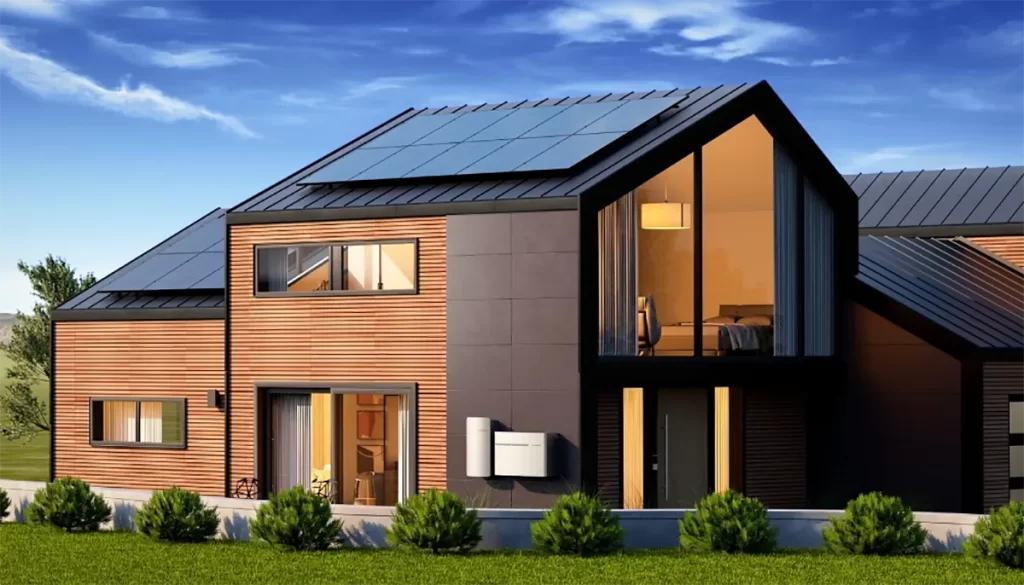
As long as the sun is out, you can continue to power electronic devices, lights, refrigerators, and others. You may not be able to power larger appliances like air conditioning, however.
Backup for Home Essentials
In contrast to sunlight backup, the home basics backup option is not limited by “sunlight” hours. In this situation, you may use several gadgets during the day and at night.
This alternative uses battery storage and enables you to connect an AC generator (like a gas generator) that automatically comes on when the grid goes down.
Thanks to sophisticated software, this option also lets you choose which appliances you wish to run.
Total Energy Independence
Complete energy independence is the final and ideal system configuration; as the name implies, it doesn’t need any grid assistance.
Your system can power through the worst and extended blackouts without a grid if you have enough solar panels, a complete battery backup, and an AC generator.
A fully solar-powered house provides all the advantages of the first three setups. Although this arrangement is the most costly of the four, it also saves the most money throughout its very long lifetime of at least three decades.
Benefits and Drawbacks of Running a House on Solar Power Alone
Solar energy’s sustainability and environmental friendliness are two of its most notable advantages.
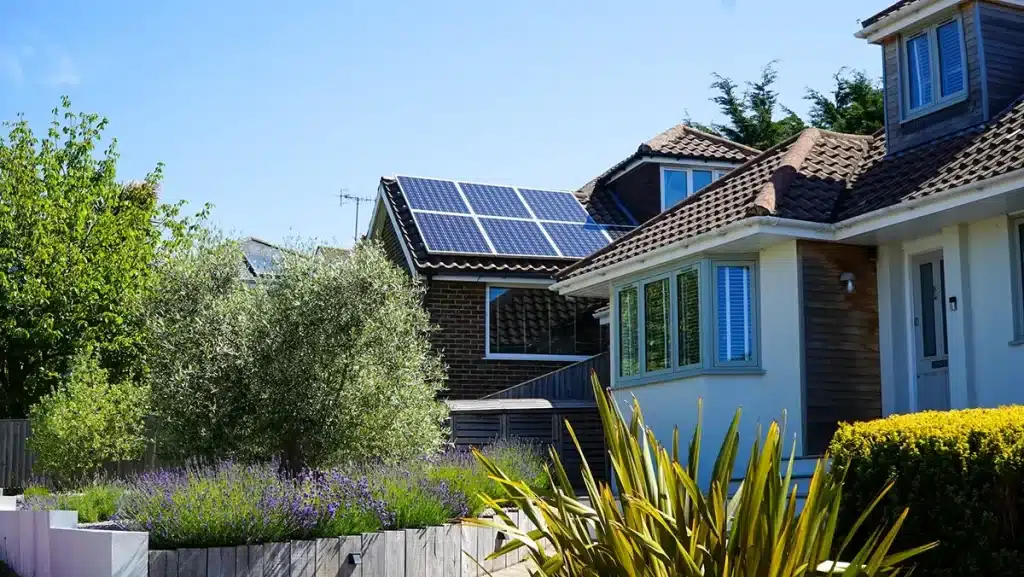
Homeowners may dramatically lower their carbon footprint and help create a greener future by adopting solar energy to power their homes.
The long-term cost-effectiveness of operating a home on solar electricity is an additional benefit. Solar panel systems might be expensive to install initially, but homeowners can ultimately save money by producing power and lowering their reliance on the grid.
However, the problem of dependability and consistency is one of the significant difficulties.
Solar panels may only sometimes provide enough electricity to satisfy a household’s demands since solar power output depends on the weather and the quantity of sunshine available.
The need for solar energy storage technologies presents another difficulty. Although some locations can support selling surplus energy back to the grid, this infrastructure is only present in some places.
Homeowners may need to spend a lot of money on pricey batteries or other energy-saving technologies to store extra power.
Conclusion
In the past, houses could not be reliably and efficiently powered during the evenings or on shorter days due to the intermittent nature of solar energy.
But currently, people may choose from various backup systems that guarantee a home can function on solar power alone, thanks to advanced batteries and smart technology.
Ultimately, any option you choose, going solar is a victory in and of itself. It is vital to consider the potential of solar power to meet our energy demands as we continue to explore alternative energy sources.

